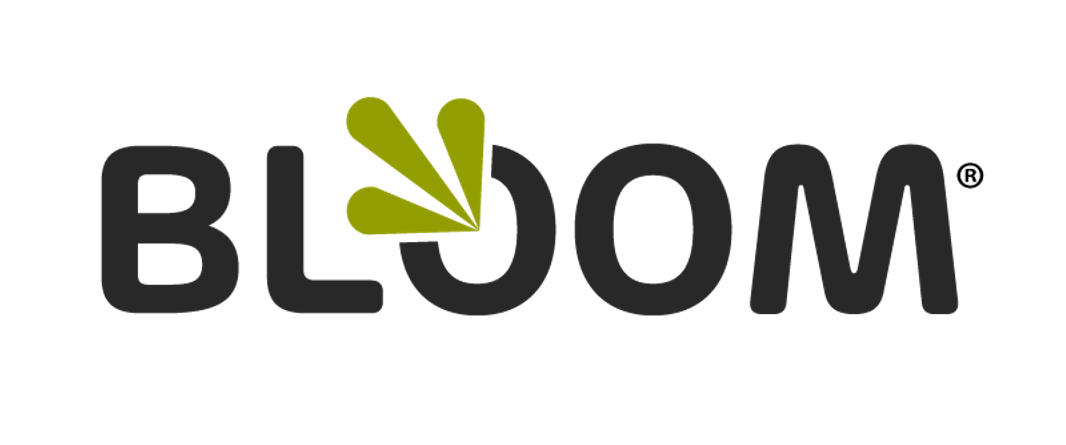Build Memories of the Future: Create Scenarios Rather Than Strategic Plans
In his November 2009 McKinsey article “The use and abuse of scenarios,” Charles Roxburgh discusses the ways that scenario planning helps leaders to identify extreme events and their potential outcomes and responses. He notes four features that lead to understanding uncertainty and developing strategy:
Expand your thinking. “You will think more broadly if you develop a range of possible outcomes, each backed by the sequence of events that would lead to them.”
Uncover inevitable or near-inevitable futures. “As the analysis underlying each scenario proceeds, you often identify some particularly powerful drivers of change. These drivers result in outcomes that are the inevitable consequence of events that have already happened, or of trends that are already well developed.”
Protect against “groupthink.” “Often, the power structure within companies inhibits the free flow of debate. People in meetings typically agree with whatever the most senior person in the room says.”
Allow people to challenge conventional wisdom. “Scenarios provide a less threatening way to lay out alternative futures in which these assumptions may no longer be true.”
He also offers some good rules of thumb:
Always develop at least four scenarios
“Crunch” the quadrants
There should always be a base or central case
Scenarios must have catchy names to make it part of your organization
Learn from being totally wrong
Listen to the contrary voices
Even modest environmental changes can have enormous impact
We highly recommend that you read the article to get a stronger sense of what we’ve summarized here.
In December of 2008 McKinsey & Company published an interview with Hugh Courtney, an associate dean of executive programs and professor of strategy at the University of Maryland’s Rober H. Smith School of Business, who had recently published a book entitled 20/20 Foresight: Crafting Strategy in an Uncertain World.
Highlights from the Interview
Courtney developed a four-part framework to help managers think about the level of uncertainly that surrounds strategic decisions:
Level 1: a clear, single view of the future
Level 2: a limited set of possible future outcomes
Level 3: a range of possible future outcomes
Level 4: a limitless range of possible future outcomes
Following the September 11 attacks and then the financial crisis, Courtney identifies the shift not in the uncertainties that exist, but in the human perception of them:
The financial crisis has actually brought greater clarity because it has forced us to recognize that we have a lot more level three and level four situations than we would have admitted a few months ago. They probably were there all along, yet the bias was toward thinking that issues were more at level one and level two. Specifically, we have learned how interdependent our financial markets are and how systemic failure in any important node of the network can work very rapidly through the system and bring liquidity to a halt. So our scenarios about the availability of capital around the world have changed significantly.
Where to go from here?
Courtney says to rethink your planning process and we at Insight agree as we assist organizations with this process:
Have you been doing strategic planning on an annual basis as a paper-pushing exercise? That will have to change. In the months to come, you’re going to have to make decisions very quickly on fundamental opportunities that may drive your earnings performance for the next decade or more, and you’ve got to be prepared to make these decisions in real time.
When it comes to your organization’s future, scenario planning is one of the tools you must regularly sharpen in order to adapt as necessary. Contact us for more information or to schedule a consultation.
